In April, Riot Games announced the VALORANT esports ecosystem would receive a major overhaul in 2023. The restructured model revolves around select long-term partner teams competing in three new leagues that represent the highest level of competition.
However, Phillip Aram, the executive director of the Players’ Association for the League of Legends Championship Series, said those change come with increased risk of the partner teams exploiting their players through predatory contracts.
“I took a lot of exception to the notion that competitive players benefit inherently by the decisions that [Riot Games] were making,” Aram said.
As the director of the LCS Players’ Association, Aram has an ongoing relationship with Riot Games — the developer of both League of Legends and VALORANT — that he and his team use to work toward the protection of players’ rights.
Aram said franchising and long-term partner models create a power imbalance by giving teams and organizations a secure position within the league they can leverage against players. The concern he outlined is that Riot is not learning from the contractual problems in the LCS which stemmed from this power disparity. He added Riot should be adding safeguards to prevent VALORANT partner teams from creating exploitative contracts.
“When they announced VALORANT doing this model, I expected them to have a more robust set of day one protections for players and a day one ecosystem that makes more sense instead of being reactive,” Aram said.
Aram outlined a minimum of three contractual safeguards he feels Riot should mandate when it comes to their VALORANT partner teams:
- Contract buyouts that are tied to the duration and scale of the contract. This would ensure a player making, for example, $60,000 a year, cannot be saddled with a million dollar buyout.
- A guaranteed portion of a contract that is tied to the duration of the contract. That way, if a long term contract is canceled, the player still receives some compensation.
- An expanded restricted free agency to grant players more mobility. Aram proposed that the final year of a player’s contract enters them into restricted free agency, where they can freely seek offers from other organizations that their own team could, in turn, match. This would give players the freedom to seek the best offer and receive their market value.
“Those three buckets provide a ton of increased transparency, agency and provide better controls,” Aram said.
While Aram said both the current VCT model — mostly third-party tournament organizers and open circuits — and the franchise model can both create a fair and robust esports ecosystem, the most important step to protecting players’ rights is having a unified, organized body. In the NA LCS Players’ Association, Aram and his team are currently working toward the creation of a players’ union. According to Aram, unionizing would be incredibly difficult with the 2023 VALORANT esports model.
“[The LCS] is the ideal petri dish for how to do it because all of our competition and play is centered in a single country,” he said. “The second you add more than one country into the mix, the capacity to successfully unionize becomes much harder.”
In contrast, a VALORANT players’ union could be a viable option as the esport moves toward the new model in 2023.
As a whole, Aram said he doesn’t take an issue with the shift toward long-term partner teams. He said that if Riot takes an active stance early on by putting in place safeguards to protect the players, the new model could actually help reduce overall exploitation of players.
“The developer here knows well all the things that are problematic and has the opportunity and capacity, in our opinion, to start this program off the right way,” Aram said.
Riot Games did not respond to multiple requests for comment.


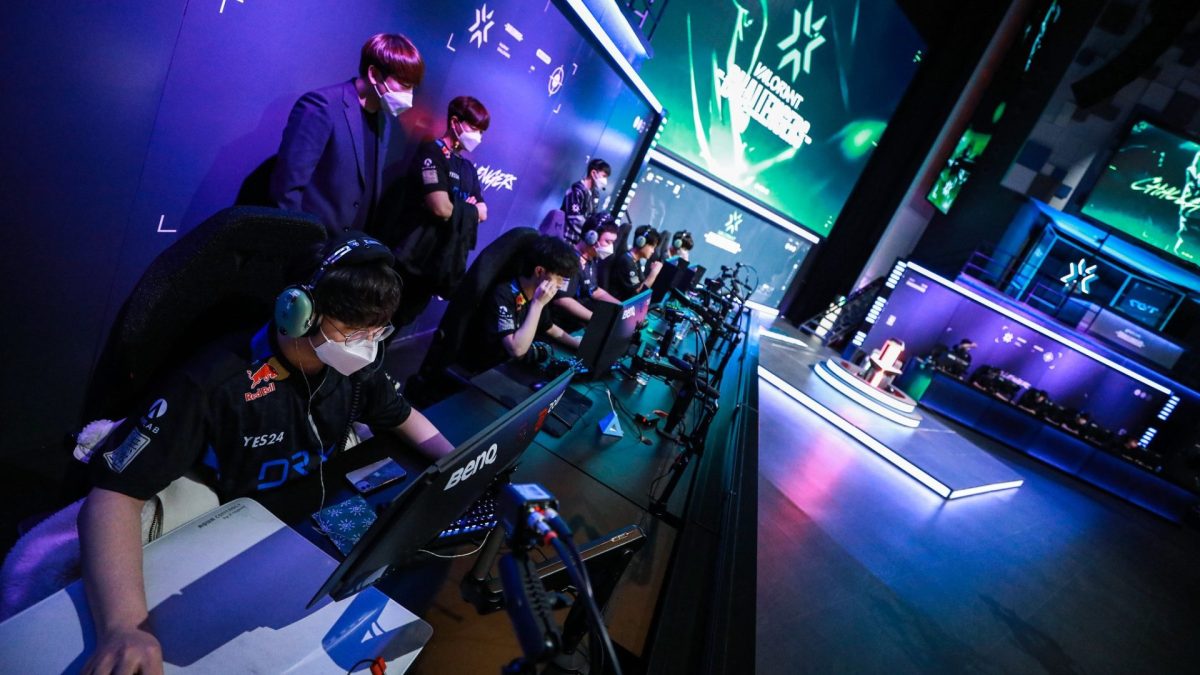


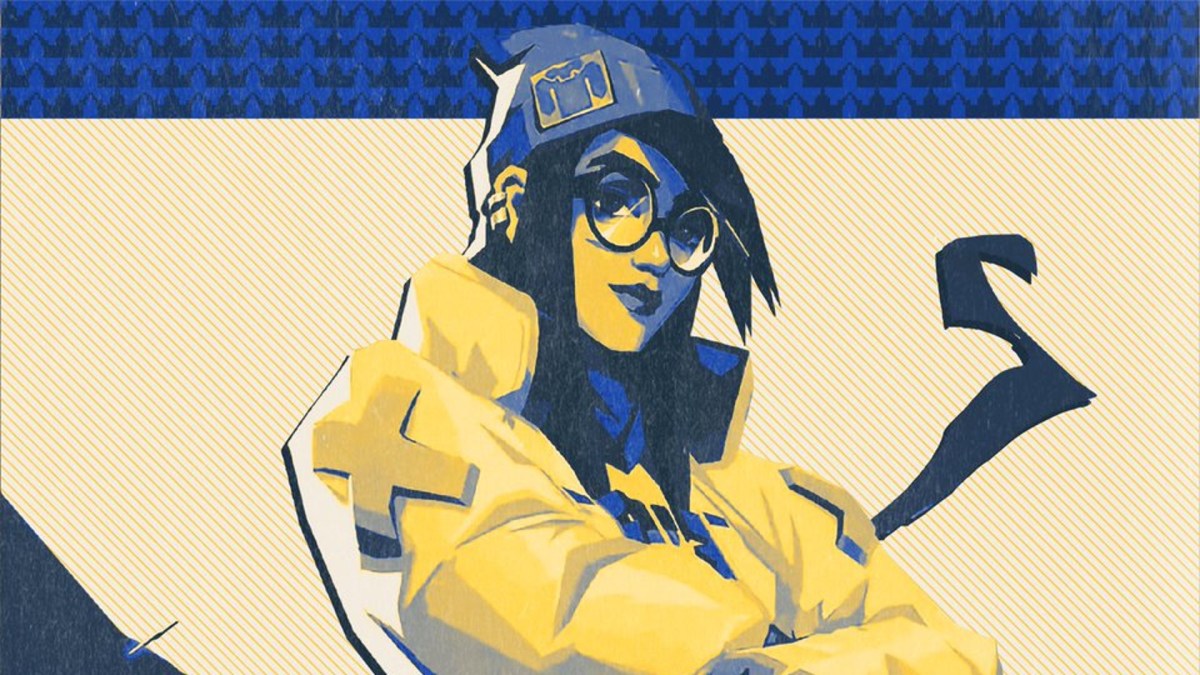
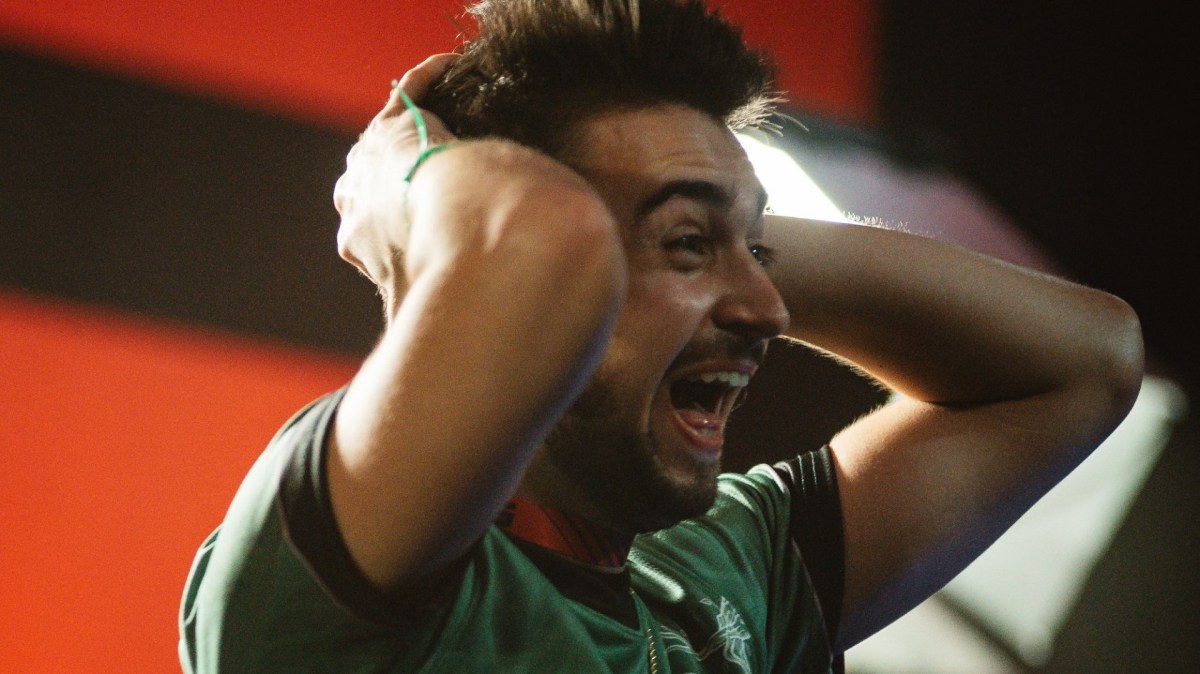


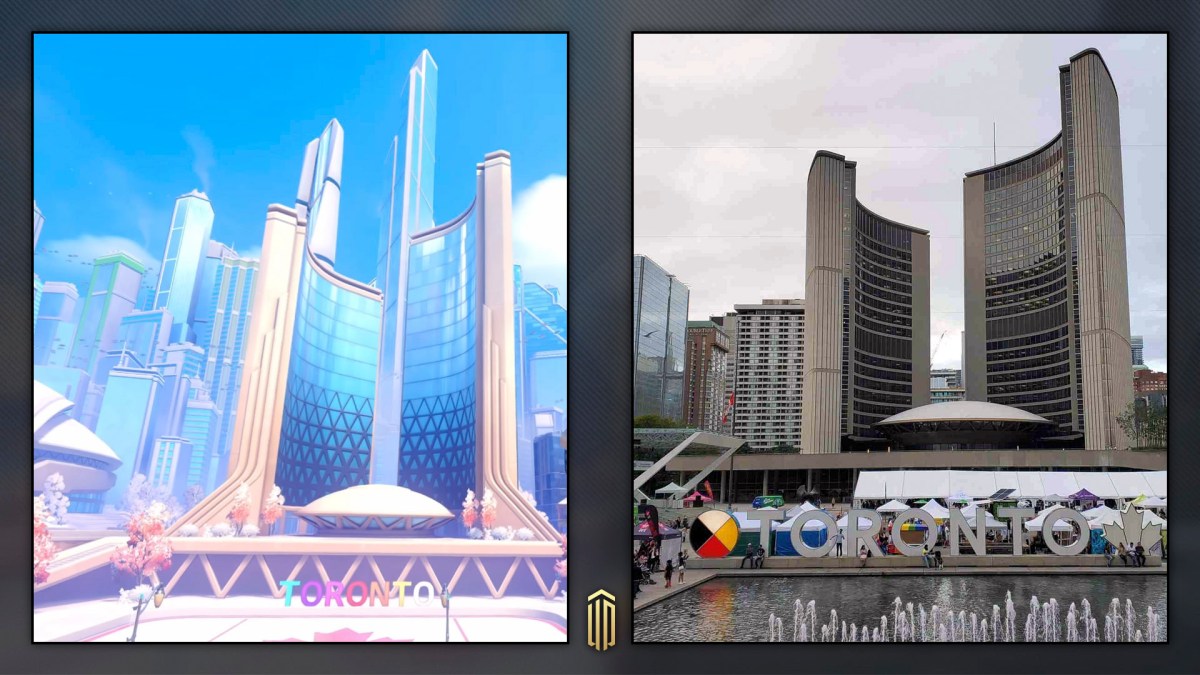
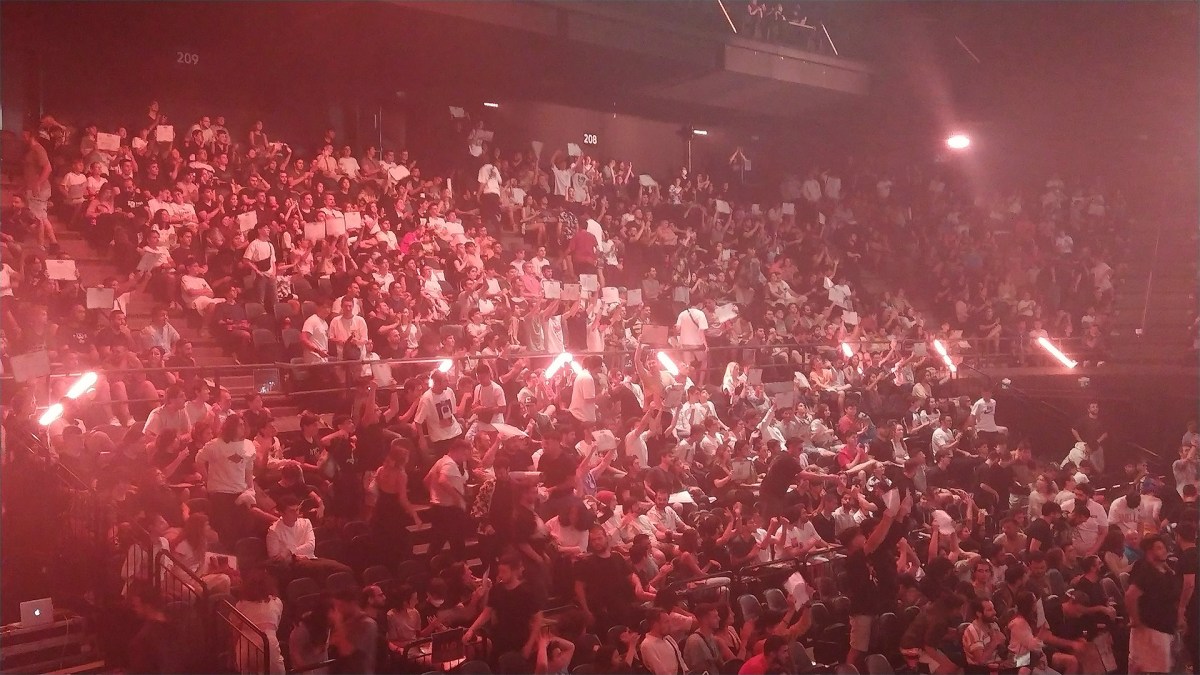

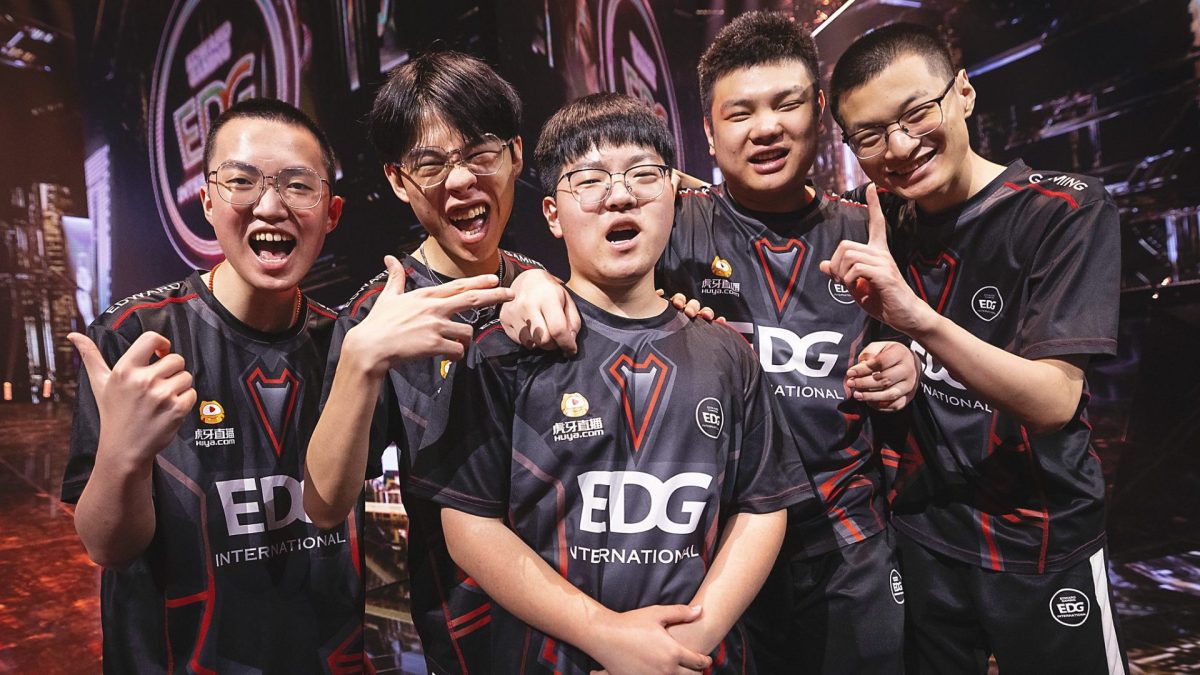
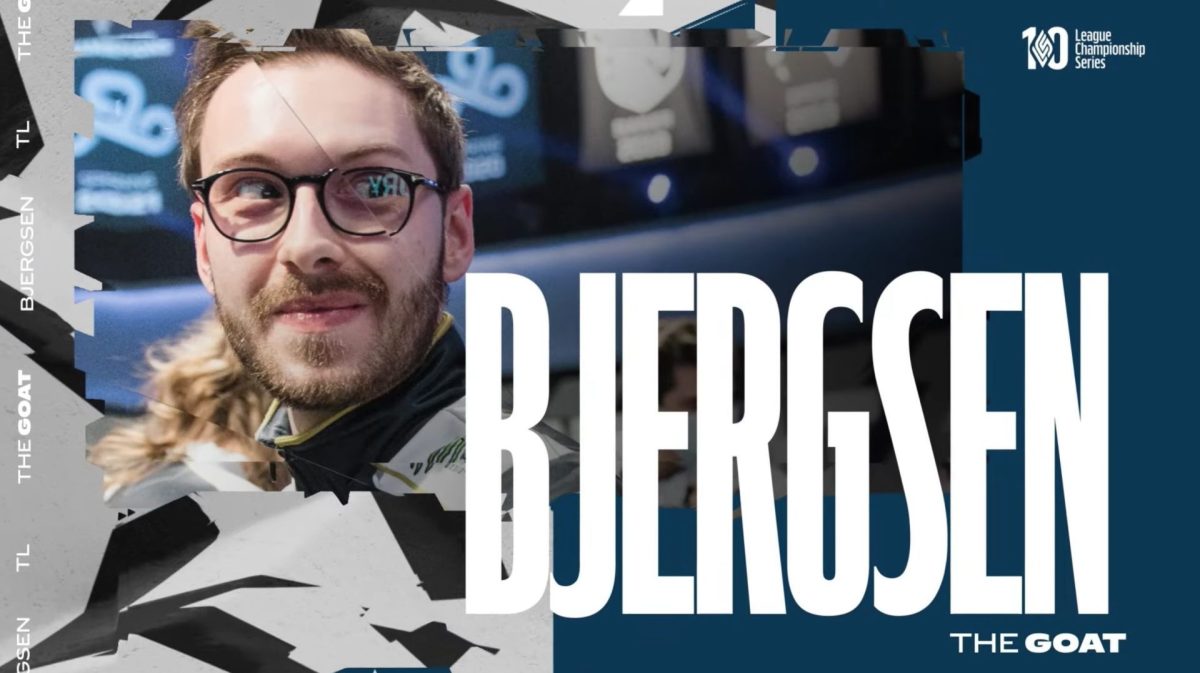
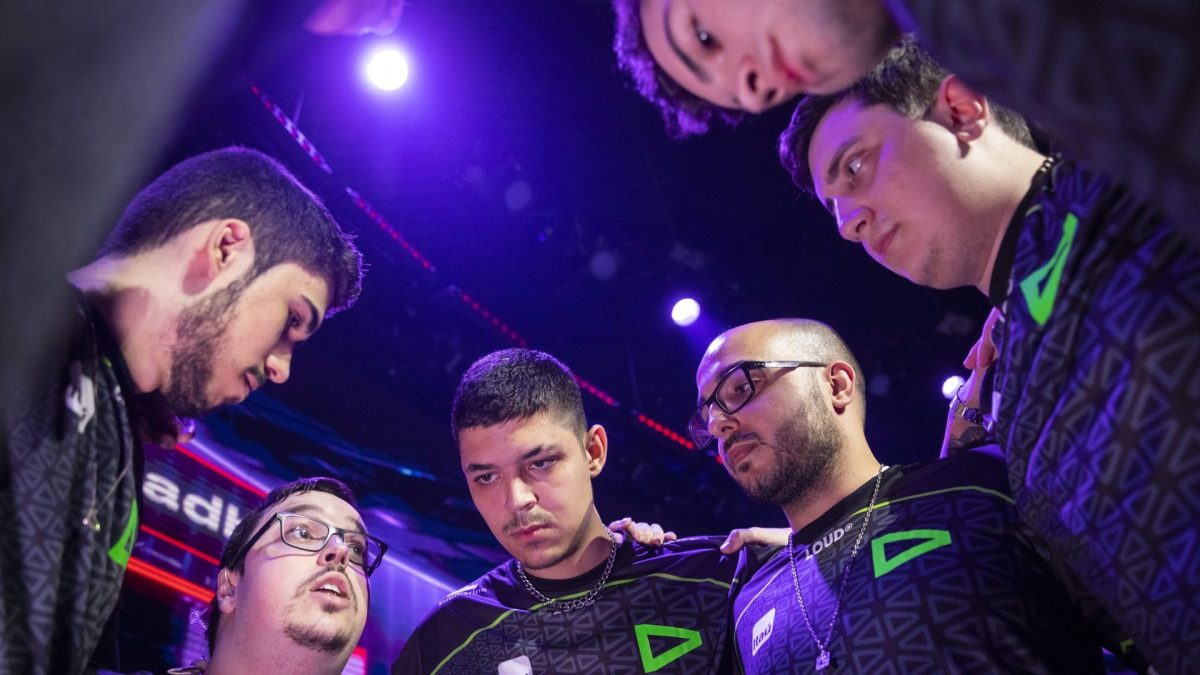

Published: May 11, 2022 04:44 pm